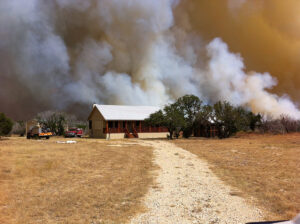Results from Merial’s Nationwide Scopings Show All Horses At Risk for Stomach Ulcers
Results from Merial’s Nationwide Scopings Show
All Horses At Risk for Stomach Ulcers
Duluth, GA. – February 17, 2011 – For the past three years, Merial has hosted gastroscopy events across the country, and the results consistently show stomach ulcers are a threat to horses of all breeds and disciplines. From 2008 through 2010, veterinarians scoped 3,354 horses, with more than 58 percent of them identified with some grade of stomach ulcer.1 In 2010 alone, 644 horses of varying disciplines from 30 states had some ulceration as identified by gastroscopy.1
* 328 horses, 28 percent, with Grade 1 ulcers (mild ulcers with small lesions or damaged tissue)
* 232 horses, 20 percent, with Grade 2 ulcers (moderate ulcers with large lesions)
* 84 horses, 7 percent, with Grade 3 ulcers (extensive lesions with deep ulceration and bleeding)
* 74 percent of racing horses (113 participating)
* 60 percent of hunter jumper horses (119 participating)
* 55 percent of dressage horses (116 participating)
“Equine stomach ulcers, also called Equine Gastric Ulcer Syndrome or EGUS, create a painful condition that can reduce your horse’s performance and can lead to colic, weight loss or loss of condition,”2 says April Knudson, DVM, Equine Specialist for Merial’s Large Animal Veterinary Services. “And wherever there is stress, there can be stomach ulcers. A horse is sensitive and may experience stress when exposed to situations one would think of as normal. Transporting a horse, increased stall time, limited turnout, training and competition can all contribute to EGUS.3 More surprising, a horse can develop stomach ulcers in as few as 5 days
Create a free account with TheHorse.com to view this content.
TheHorse.com is home to thousands of free articles about horse health care. In order to access some of our exclusive free content, you must be signed into TheHorse.com.
Start your free account today!
Already have an account?
and continue reading.
Related Articles
Stay on top of the most recent Horse Health news with















